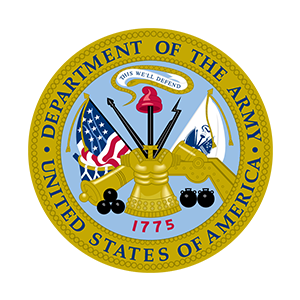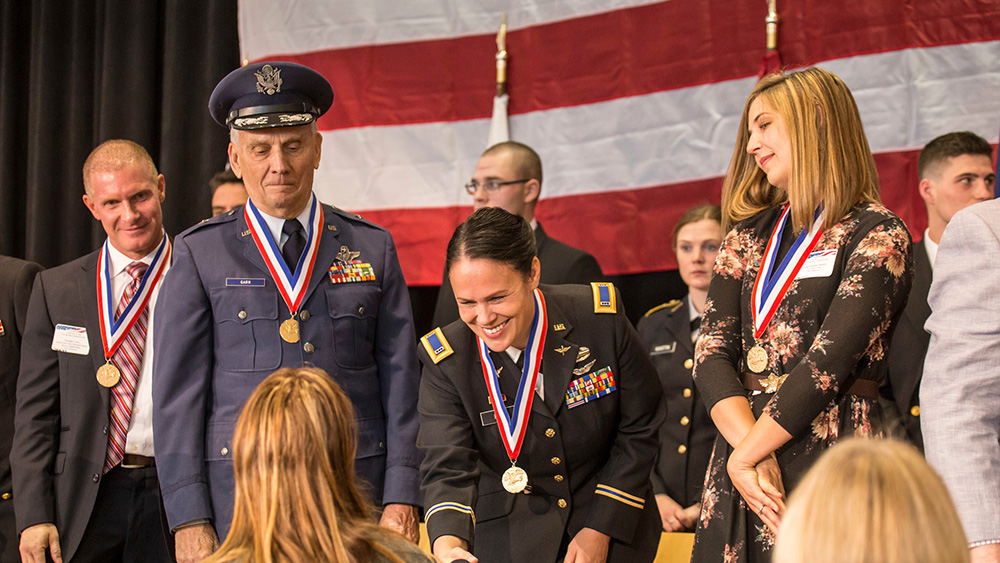RAYMOND L. YOSS
« Back to Honorees
Purple Heart, Combat Infantry Badge, Prisoner of War Medal, and other awards
Raymond L. Yoss joined the US Army in September 1949 and completed basic training at Fort Ord, California. Shortly after arriving at his first duty station at Camp Haugen in Japan, an officer asked if anyone wanted to volunteer to go to Korea. According to Yoss, he raised his hand and learned the old saying ‘never volunteer’ the hard way.
Yoss was assigned to the 24th Infantry Division, 34th Infantry Regiment, 3rd BN, “K” Company as a light weapons infantryman. The 24th ID was assigned to “take the initial shock” of the North Korean assault, then try to slow its advance until more US divisions could arrive. They were inserted near Osan and found out very soon that they were under armed and extremely outnumbered.
On July 20, 1950, Yoss and his platoon were on patrol on the main road going north out of Taejon when they were confronted by two Russian T-34 tanks and the accompanying infantry patrol. Yoss’ sergeant sacrificed himself so his men could escape and so that no one would become prisoners of war. “Your war is over, get out as best you can,” he said. Yoss and a buddy ran from the North Koreans and hid in a building that the North Koreans soon started hitting with machine gun fire. When the shooting stopped a North Korean officer who spoke very good English asked for their permission to enter the building. When they said OK, he entered and explained their hopeless situation, so they surrendered. Thus began Yoss’ 37 months, one week, and three days as a POW.
Yoss was one of approximately 800 people who were in a North Korean POW camp for about 18 months before they were moved and placed under Chinese control in October 1951. These prisoners not only included American servicemen, but also a number of nurses, teachers, and ministers who were part of a Christian mission.
Life was extremely hard for Yoss and his fellow POWs. Temperatures in the camp fell to far below zero at times and food was scarce. The prisoners were only given a ball of rice about the size of a softball once a day, leaving many, including Yoss, to lose considerable weight. By the time he was released, Yoss—who once weighed 150 pounds—weighed less than half that at just 65 pounds. Many prisoners’ conditions were even worse as they were known to trade their limited food rations to other prisoners in exchange for extra cigarettes.
One North Korean major, nicknamed “The Tiger,” was particularly known for his sadistic treatment of the prisoners. He frequently restricted food, water, and latrine use for days at a time. He also subjected the men to what became known as “The Death March,” a march in which he killed 88 men. The men were also subjected to constant brainwashing.
Yoss was released on August 26, 1953. Only about 275 of the original 800 POWs from the camp survived and returned to the US. He spent a week in an Army hospital near Seoul, Korea, and then another couple of weeks at an Army hospital in the San Francisco area.
Despite all the terrible suffering he endured for so long, Yoss still believes in the need to fight for what you believe in: “You need to fight for America and for freedom!”

